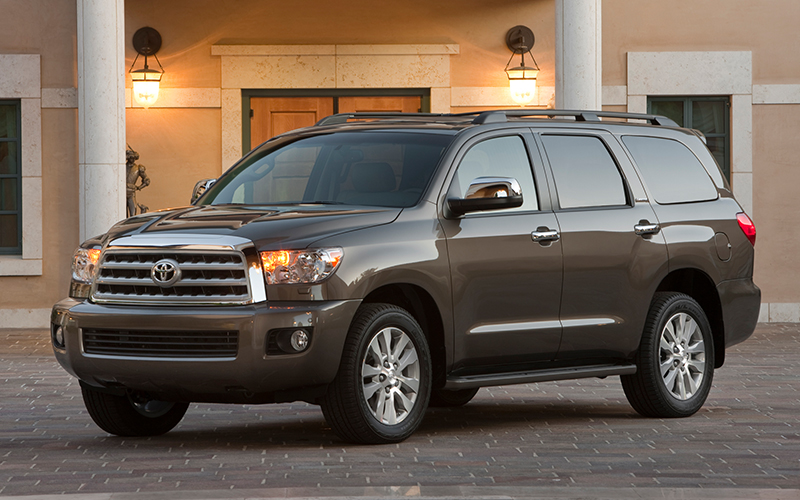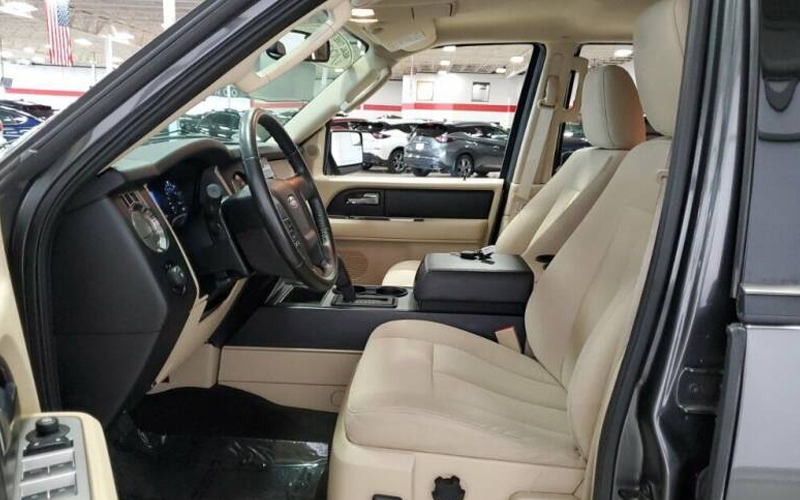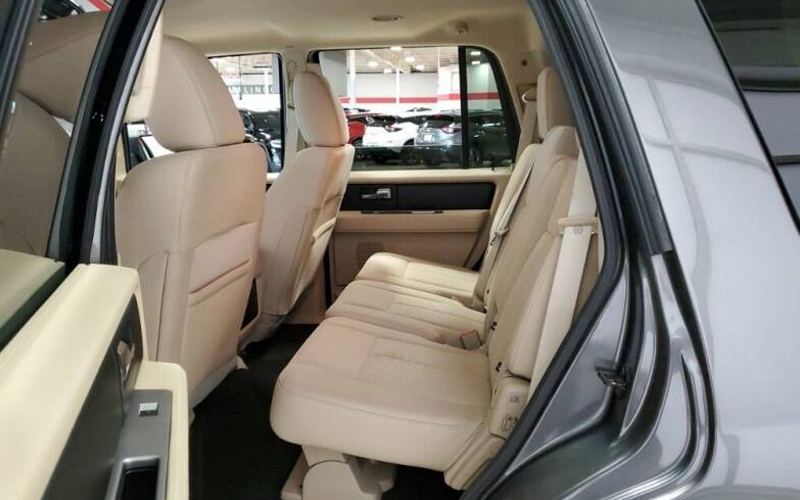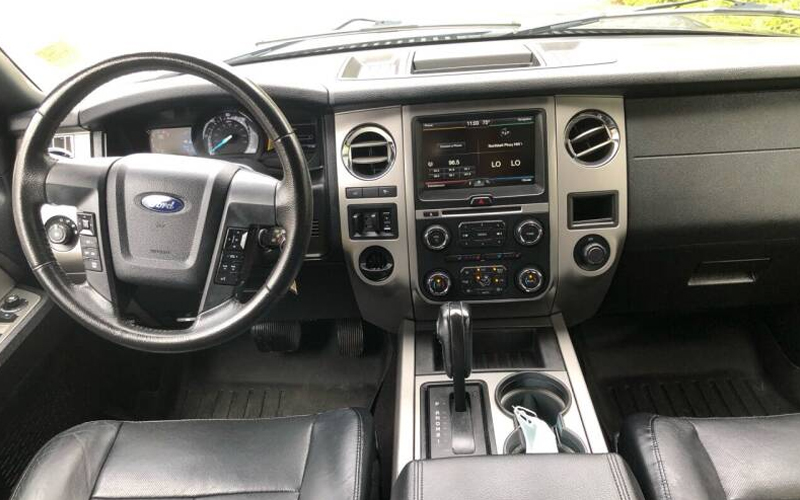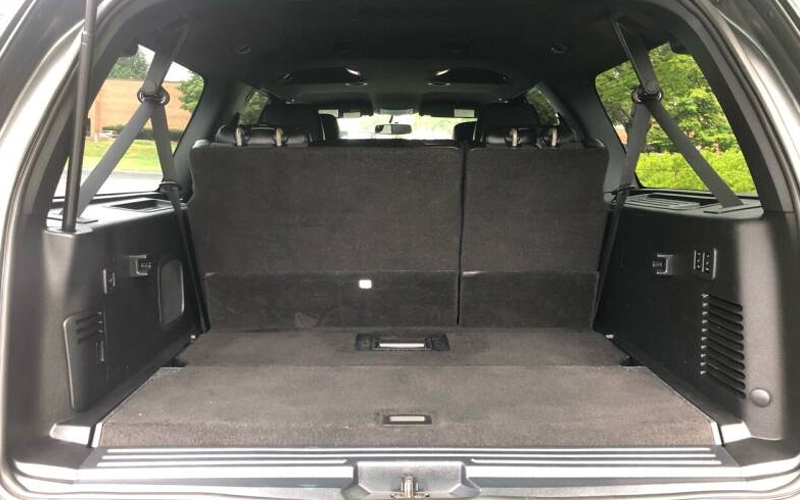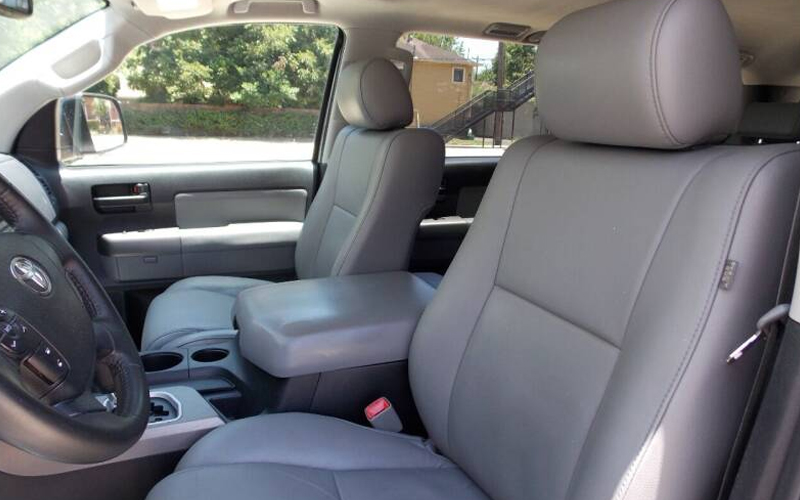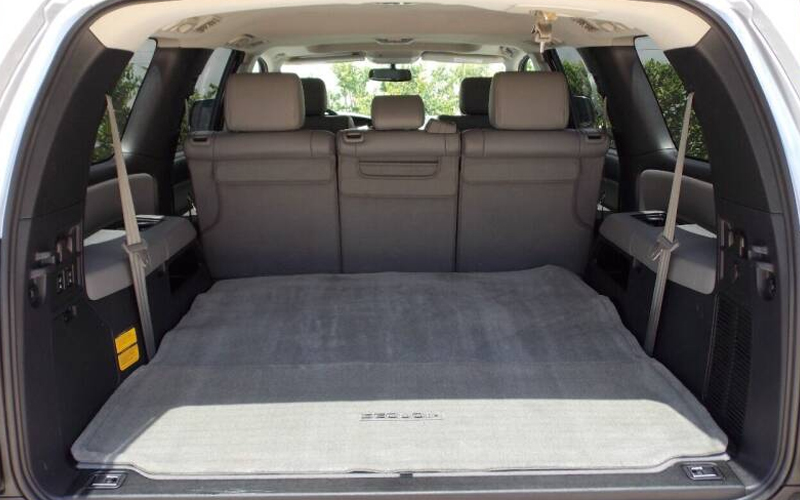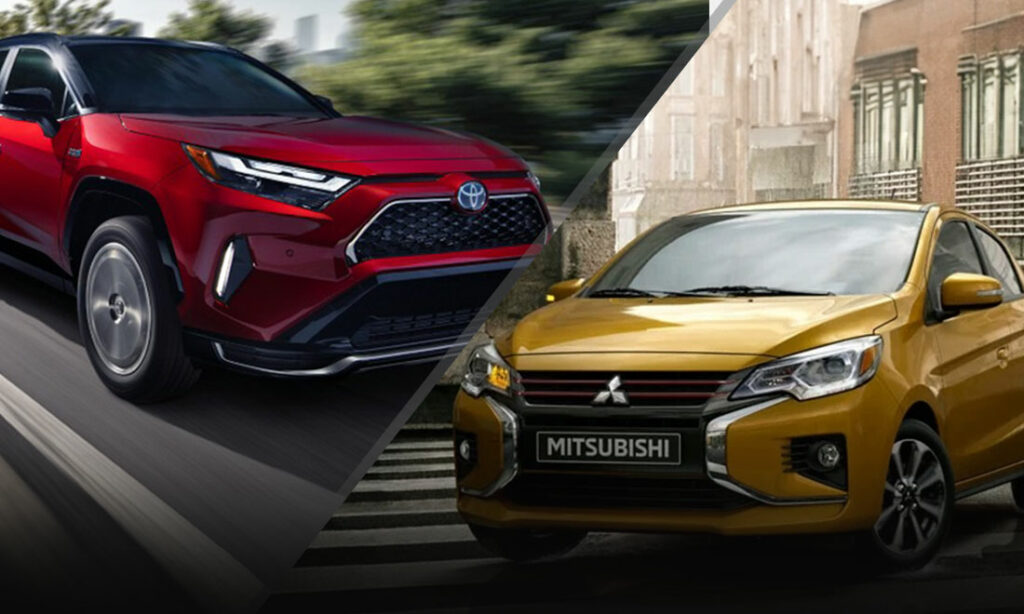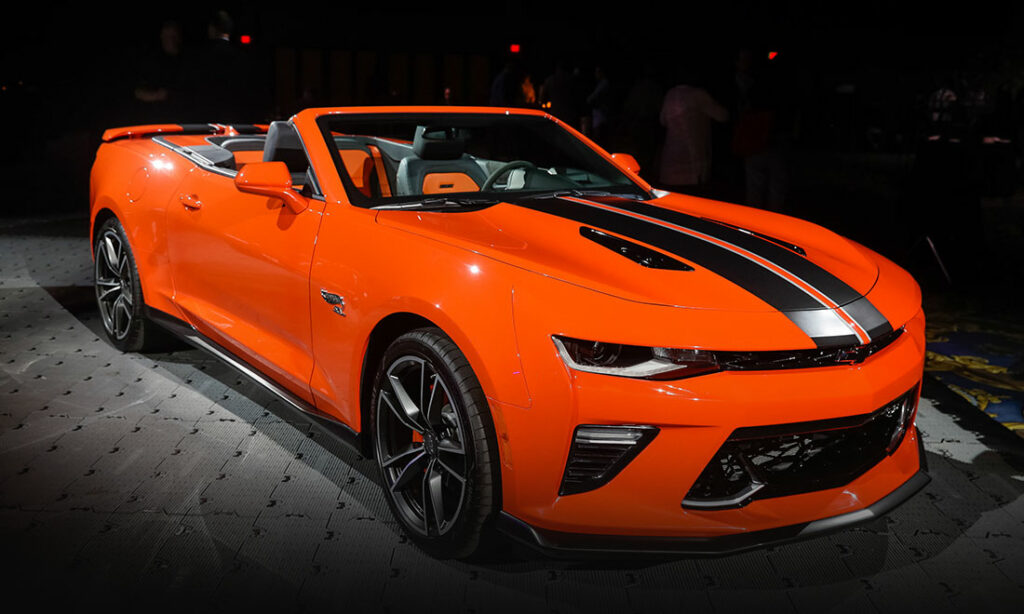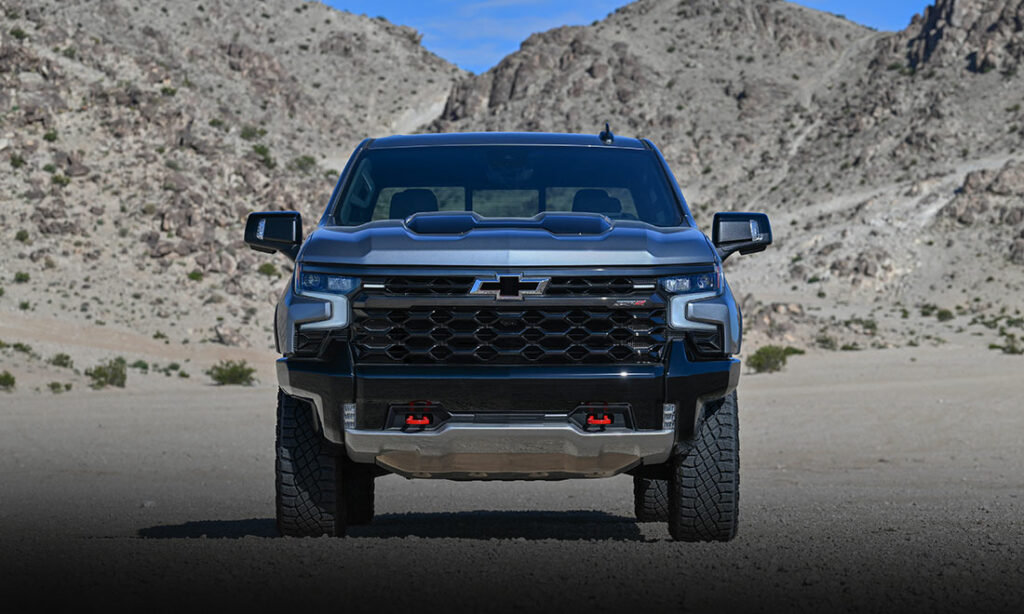Budget Buy at $20,000: Sequoia vs Expedition
For towing, hauling, and toting around the family we look to three-row SUVs. With a budget of $20,000 we pit the Toyota Sequoia vs the Ford Expedition.
Going Big for a Little
One of the biggest hurdles to purchasing a third-row SUV has always been the hefty price tag that comes attached to that hefty vehicle. At least that’s if you’re buying one new. Wait a few years, allow others to take the depreciation hit, and then you’ve got a much more reasonable purchase on your hands. With a budget of $20,000 for a used third-two SUV you’re going to be looking at ones with between 100,000 and 150,000 miles on them. And that being the case, we chose two of the most reliable around, the Toyota Sequoia and the Ford Expedition for our match-up.
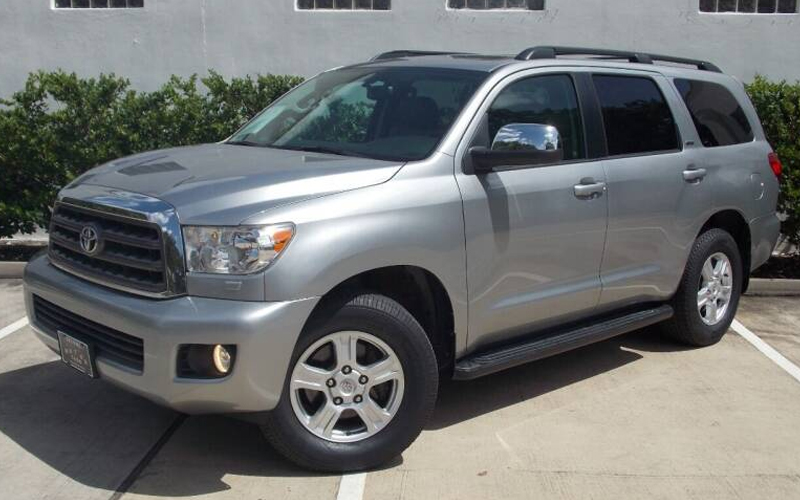
Most used of the Toyota Sequoias at around $20,000 will fall somewhere between the 2010 and 2013 model years. We chose to focus on the 2013 because it was the most modern and it received an upgraded V8 that year.
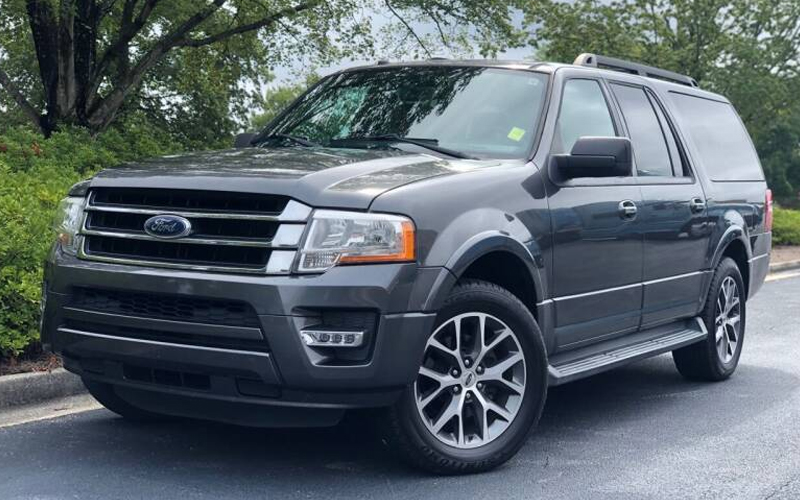
For the Ford Expedition at $20,000, most examples will fall around the 2013-15 model year range. Here again we chose the newest version, the 2015, owing largely to its new engine that year.
Specs – Two Turbo or Not to Turbo
The Sequoia and Expedition both offer good acceleration and power, especially for such large vehicles. Yet their powertrains differ in how they get moving.

The Toyota Sequoia comes with a single engine option, a new for 2013, 5.7 V8. Though this engine was only in the Sequoia for three years it was shared across many of Toyota and Lexus’ large vehicles and saw a ten-year run as the Tundra’s mill of choice. So you shouldn’t have to worry about the availability of parts. The V8 revs up to a healthy 381hp and 401lb.-ft. of torque. It comes in either RWD or 4WD configurations and a six-speed automatic transmission.
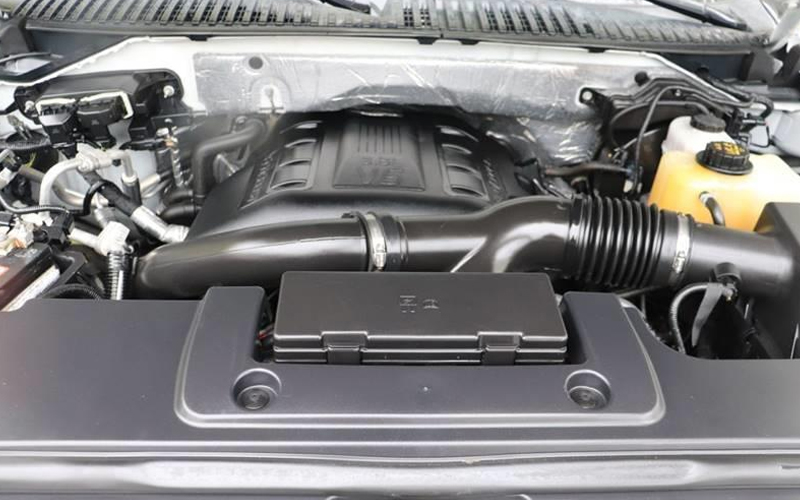
The Ford Expedition received a new engine itself in 2015 with the introduction of an EcoBoost 3.5L twin-turbo V6 making 365hp and 420lb.-ft. of torque. It also transfers power via a six-speed automatic transmission.
As we said, both vehicles aren’t wanting for acceleration, but other metrics tell a more nuanced story. For instance, the Sequoia is rated to 7,400lbs. of towing capacity, not bad. The Expedition, however, is rated to tow up to an impressive 9,200lbs. The Ford also wins out in fuel efficiency with 16/22 city/highway for the RWD version and 15/20 for the 4WD. That might still sound mediocre until you see the Sequoia’s lackluster 13/18 city/hwy with RWD and 13/17 for the 4WD versions. In real world driving those numbers for both will end up being even worse, but that’s the price to be paid for driving a massive SUV.
Driving – Rumble On
The ample horsepower in the Expedition and Sequoia make for some surprisingly swift 0-60 times. The Sequoia can get up to cruising speed in just 6.7 second, pretty good for a 6,000lb vehicle. The Expedition wins here too, if slightly, with a 0-60 time of 6.4.
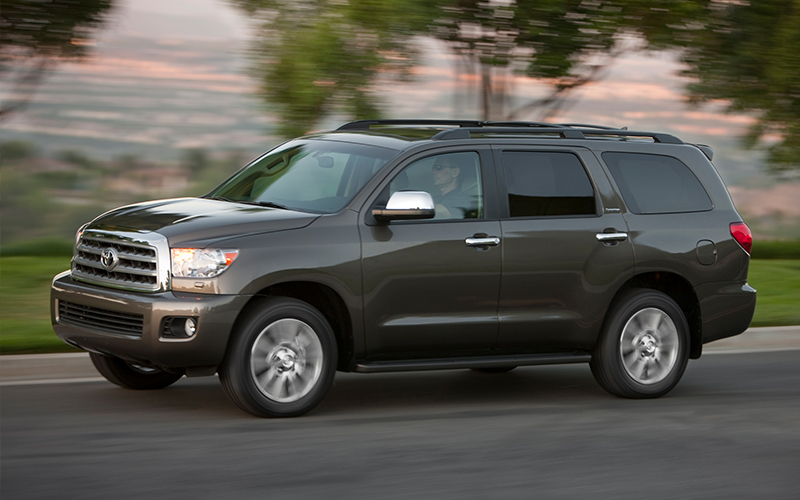
As fleet of foot in a straight line as the Sequoia is, it’s fairly ponderous at slower speeds. All that bulk is well controlled with accurate steering. The sheer size of the Sequoia means you’ve still got to mind your Ps and Qs. The six-speed transmission keeps largely to the background, shifting smoothly without much fuss.
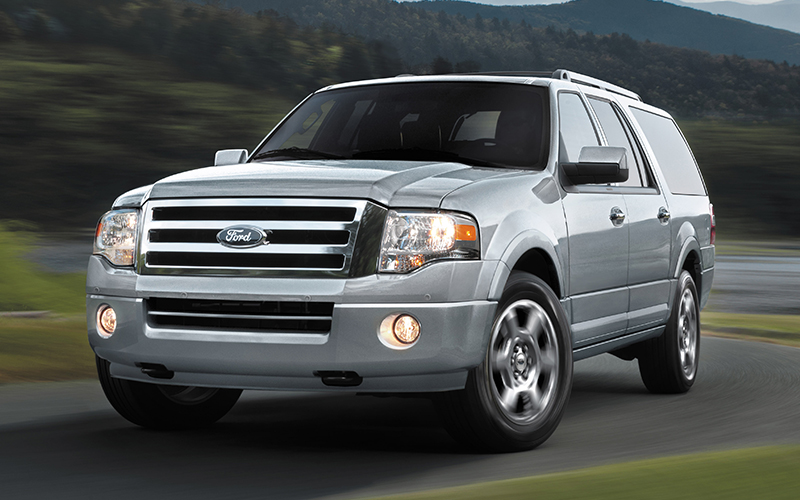
The Expedition gives a torquy throttle response thanks to those twin-turbos. The electronically boosted steering is sharp and direct. Road feel is a bit muted, but that’s also to be expected. Maneuverability is decent around town and body lean controlled.
Comfort & Interior – Smooth Sailing Either Way
The Toyota Sequoia exemplifies the best and worst of Toyota’s approach to interiors. It’s very roomy, so much so that some dials and buttons on the dash are hard to reach. It also rides well with few disturbances making it all the way into the cocooned interior. And yet, the Sequoia suffers a bit from the wonton use of hard plastic and a general design that tends to evolve about as fast as horseshoe crabs. Still, the seats are comfortable and there’s lots of space all the way back into the third row.
The Expedition runs neck-and-neck with the Sequoia in terms of comfort and spaciousness, which are more than ample. The ride in the Expedition is aided by an independent rear suspension and can be further upgraded with adaptive dampers.
The Sequoia is more generous with standard cargo space with 18.9 cu. ft. behind the third row, 66.6 cu. ft. behind the second, and a full 121 cu. ft. in total. The Expedition is a bit more conservative with 18.6, 55, and 108.3 cu. ft., but if that’s not enough the Ford can be had in a longer wheelbase (131-inches versus the standard 119-inches) which increases the total cargo capacity to 130.8 cu. ft.
Trims & Features – Happy Kids and Ventilated Seats
The Toyota Sequoia has three different trim levels: the SR5, Limited, and Platinum. With a budget cap of $20,000, most of the Sequoias at that price range will be the two lower trims. In the case of the SR5 you’ll find features like fog lamps, heated side mirrors, and satellite radio. The Limited trim adds items like 20-inchs aluminum wheels, heated front seats, leather upholstery, and parking assist. The best feature however is the (then) new Blue-Ray DVD entertainment system for the back seats.
The Expedition has four trim levels: the XLT, Limited, King Ranch, and Platinum. Here too, you’ll probably find most examples at the lower two trims. The XLT starts off with features like satellite radio, backup camera, and keyless entry. The Limited trim offers heated and ventilated front seats, a power liftgate, and leather.
Conclusions – Striking the Balance
Determining a winner between the Toyota Sequoia and Ford Expedition for $20,000 proved challenges. The Expedition offers more towing capacity and better fuel economy than the Expedition, and by those metrics the two aren’t really even close. Both SUVs drive well (for their size) and are so spacious you might have to send out search parties to find your kids. Available features and overall comfort are about equal.
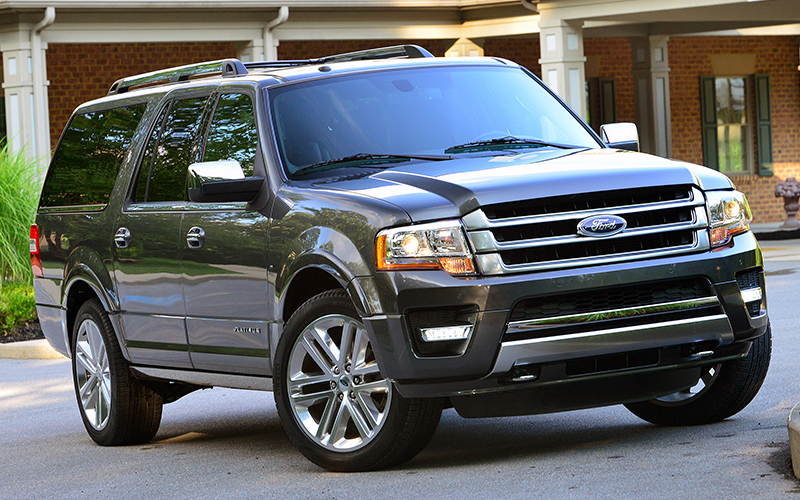
We said at the outset that these are both reliable vehicles, and they are. The Expedition gets its extra pulling power thanks to that EcoBoost engine, and it’s the fly in the ointment. Those twin-turbos are nice when it comes to hauling and keeping fuel economy reasonable, but they also break down more frequently than their naturally aspirated counterparts. The reason why at $20,000 the Toyota is on average two years older than the Ford is that it carries the brand reputation for durability and reliability. Ford’s not bad, but Toyota’s better. The question for you is how much better. For us, the Ford’s strengths outweigh the liabilities and that’s why we’d get the Expedition for $20,000.
WINNER: 2015 Ford Expedition
